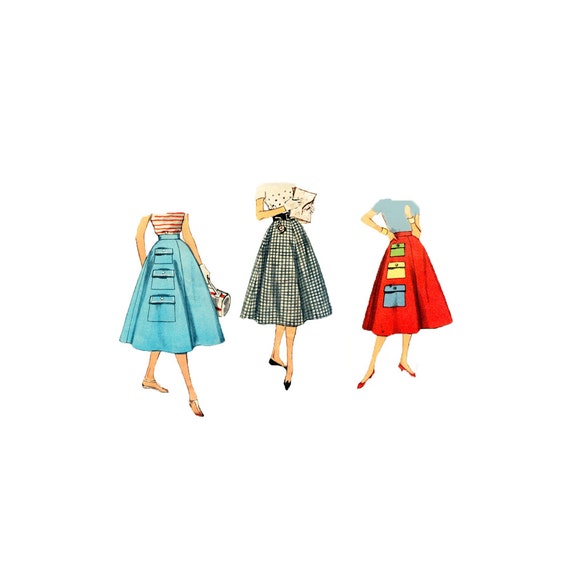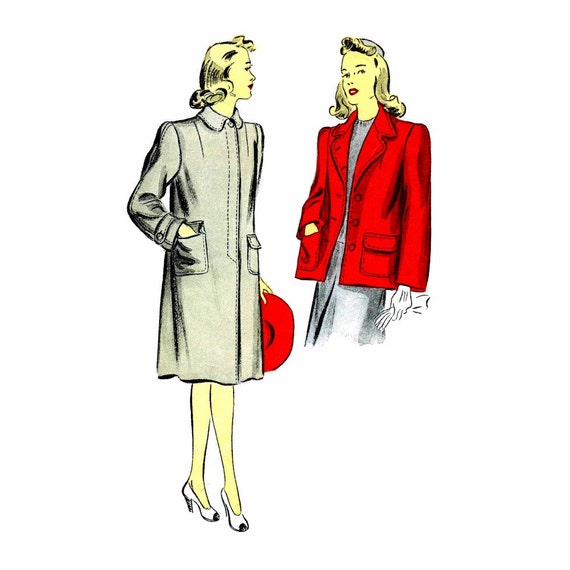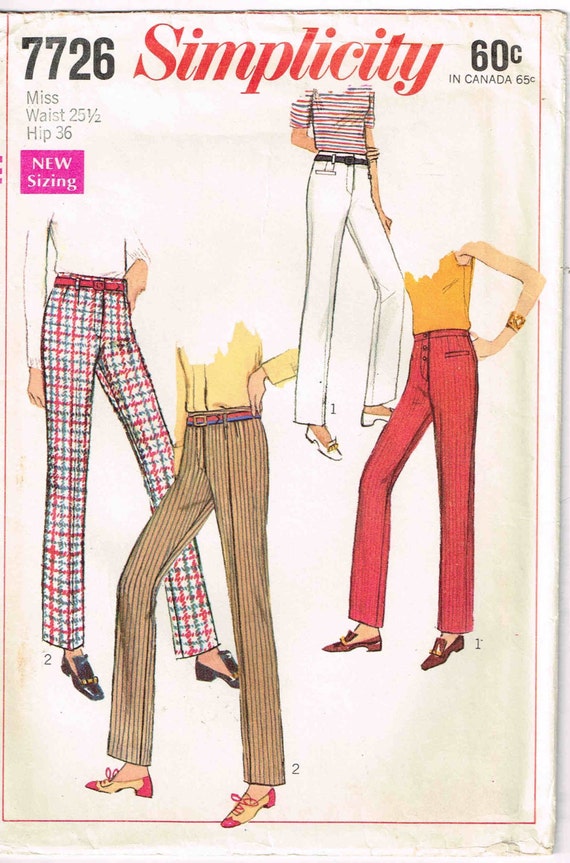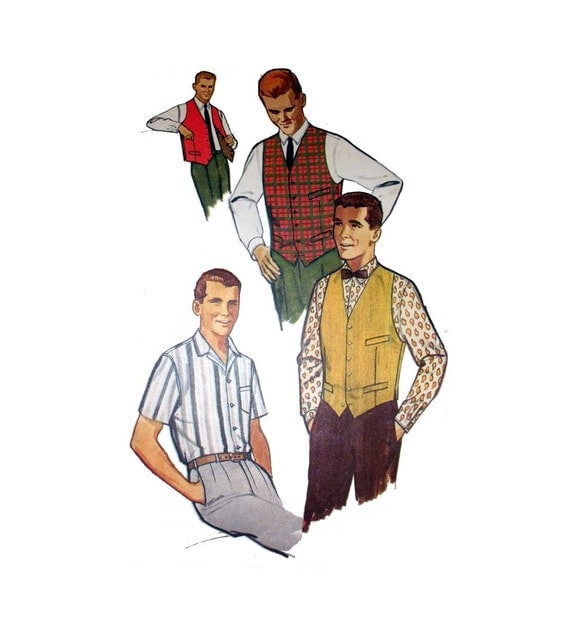 |
| Bridal Party Sewing Kit |
 |
| School Sewing Lessons |
In days gone by, young girls carried a composition book, like the one pictured below,to and from school. What's different from the books carried today? The subject of the lesson. This book is full of lessons on sewing. Each lesson has a page of instruction and then a piece of fabric on the facing page practicing the stitches. The work is so amazingly neat and tidy. I wonder as I look at it when it was done, how old the girl was, where did she live.

Growing up in the 1960's and 1970's, my mother started teaching me how to sew and iron when I was 4 years old. Then as a pre-teen, Home Economics was a required class for 7th and 8th grade girls. The boys took wood shop class. I continued to take Home Ec through my Junior year in High School by choice. In past generations, sewing was a required class for female students of all ages. Girls had lessons ranging from mastering different stitches to complex garment construction and pattern making and fitting . The composition book full of lessons and fabric with a different type of stitch for each of the lessons was a great Estate Sale Find. Model No. 1 starts with the basic basting and hemming stitches.
You can see the student's stitches in the picture above.
Model No. 2 is a running stitch. Girls took their studies very seriously. As you can see from the sample below, the girls did their very best to do a good job.

The book continues through all different stitches and finally into decorative stitching methods. Something I know we never learned!
Sewing Mannequins

Besides the lessons in school, during the 1940's and 1950's, sewing dolls, or Mannequins, emerged as a way to encourage young girls to sew. During WWII, there were shortages of fabrics. Women were encouraged to remake clothing using worn or outgrown garments instead of buying yardage. Because the mannequins were small and used scraps they were the perfect way for girls to learn. This kit included templates to make the simplest shifts and pullover blouses. This kit was obviously intended for a young girl. Probably 6 to 8 years old.
Older girls had sewing dolls as well. The dolls had more mature bodies and more complex patterns as well. The pattern companies came out with dolls. McCall had Peggy McCall. She was available as a stand alone as well as a deluxe kit that included patterns and a Dress Form made of plaster.
 |
My Estate Sale Peggy Mannekin with patterns and dressform.
|
Peggy McCall was one of the more popular Mannequins. Unfortunately, the available materials were not very durable. As you can see in the above picture, my Peggy is missing an arm and the other arm has no hand. I've always taken in the runt of the litter or the toy that nobody wanted. The patterns for Peggy and similar dolls were not just a simple template. They are miniature versions of actual patterns.
Here's the Simplicity version of the Mannequin. The cover shows the FashionDol with a dress and the box with the dress-form on a stand.
 |
| The Resurgence of the Art of Sewing |
Sewing Today
Today the craft of sewing is being reintroduced to children. A much more practical mannequin than the fragile versions of the past, this kit is being sold on umcommongoods.com for children 8 and up. Alex Toys is selling this sewing kit that includes everything you need to make items.
Sewing Cards Beginner Books
Now I need to back up to the younger set. Sewing cards were popular when I was growing up. Lacing yarn through holes in the cards that outlined the picture was a good starting point. It also helped develop some fine motor skills and had/eye coordination. These cards are still available on many websites in the toy department under crafts. The vintage ones have very cool graphics but I don't recommend giving the vintage ones to children as the ink used in older books and paper goods do not meet modern safety standards.

Sherri from
SewBettyandDot sent me some great pictures of some of her sewing books for children. Here's one for beginners.

This book by
McCall has such nice detailed instruction on stitching. It also has great projects for kids to make. Not just sewing!
My siblings and I made everything from candles, to needlepoint pillows, to birdhouses as kids. Rainy and snowy days were always busy ones either in dad's workshop in the basement, in the kitchen, or simply sitting on the sofa with a needle and thread.
I don't recall having any books to help me learn - I would have loved that!

If you want to teach a child to sew, start with sewing cards. You can buy vintage ones or make your own. (see picture at right). Once they master the sewing cards, move on to simple stitches. Don't rush. Teach them to enjoy the experience and appreciate the craft.
Easy Steps in Sewing for Big and Little Girls - or - Mary Frances Among the Thimble People
by Jane Eayre Fryer
This is another great book to have the younger set use.
The book has a story with the Thimble People being the characters.What a great way to teach kids. The story takes them through the steps of sewing. I found a blog with a write up on the book, HERE
I also have the chapter on children and sewing as a PDF file that is part of the Gutenberg Project. You can view or download it HERE.
Television shows like Project Runway have brought the art of sewing back to the forefront. New books are being published, community centers are offering easy sewing projects aimed at kids. Pattern companies have created new lines aimed more at teens and young adults. "Toy" sewing machines are becoming more available as well.
The toy machines range from true pretend toys to working models such as the one pictured that are working machines with all of the supplies as well as projects. For $30 or so, a child can give it a try. These days $30 is a pretty affordable gift! For older girls, you may want to invest in a "real" machine. In looking at machines on amazon, there are some for under $60 that have fairly good reviews. Take is another step for more choices in stitches and the choices are endless. Starting at $60 and going as high as $5,000. Be careful, you might talk yourself into buying a new one for yourself!
Here are a couple of options for low to mid priced machines.




























































